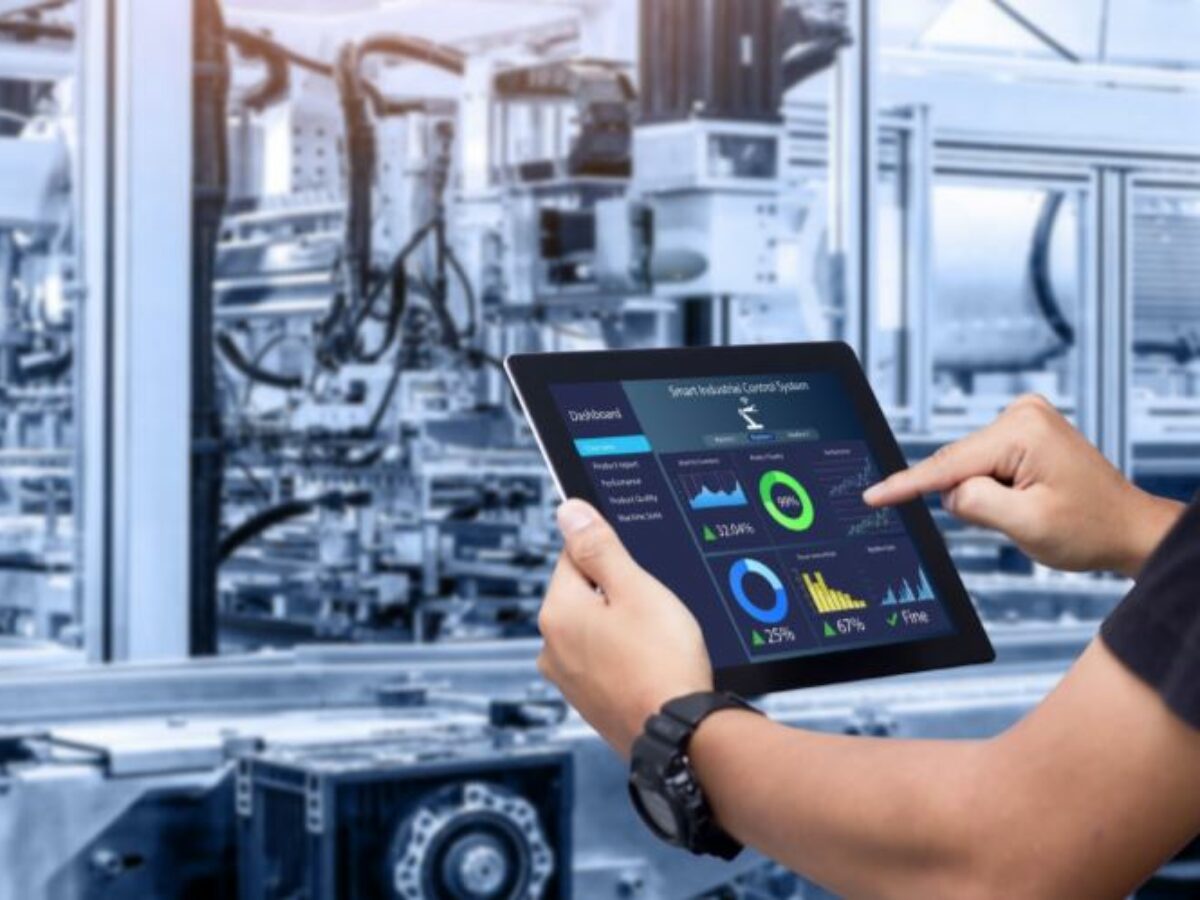Digitalisation drives manufacturing progress – WEF

By Peter Roberts
Factory digilisation is the key driver of a resilient and competitive manufacturing sector.
Leading manufacturers use digital capabilities to find new revenue streams and increase product output, matching their focus on advanced technology with building workforce skills.
The World Economic Forum calls the leaders in the field Global Lighthouses, and this week added 15 new factory sites to the list bringing the total globally to 69 sites.
There are the expected leading companies such as Ericsson, Unilever, Procter & Gamble and Siemens in Europe and North America.
But their is also Bosch in Suzhou, China which deployed a digital transformation strategy and logistics, and cut manufacturing costs by 15 per cent while improving quality by 10 per cent.
There is ReNew Power in Hubli, India deployed proprietary advanced analytics and machine learning to increase yield on its wind and solar assets by 2.2 per cent, cutting downtime by 31 per cent.
And there is Star Refinery in Izmir, Turkey which invested $70 million in asset digital performance management, digital twinning and machine learning to increase diesel and jet fuel yield by 10 per cent while cutting maintenance costs by 20 per cent.
My point is there are Lighthouse factory leaders across old and new world developed and developing countries – but not a single one in Australia.
In fact, other than our many excellent small and medium-sized firms, the WEF’s expanding list makes for depressing reading if you are a believer in Australian manufacturing.
The latest studies by the WEF and its partner McKinsey & Company found four shifts in manufacturing and supply chain that demand a manufacturing reset:
- Improved agility and customer centricity across the end-to-end manufacturing and supply chain facilitates faster recognition of customer preferences
- Supply chain resilience provides a competitive advantage, requiring connected, reconfigurable n-tier supply ecosystems and regionalisation
- Speed and productivity through increased levels of automation and upskilling and reskilling efforts
- And eco-efficiency to ensure compliance with an increasingly complex regulatory landscape.
Australian manufacturers, and this writer, are always talking of a revival in the sector.
But until our companies genuinely respond to these trends through digitalisation, it will remain as talk.
Download and read the World Economic Forum’s latest report on how you can reimagine your operations here.
Picture: World Economic Forum
Subscribe to our free @AuManufacturing newsletter here.
@aumanufacturing Sections
Analysis and Commentary Awards Defence Manufacturing News Podcast Technology Videos










